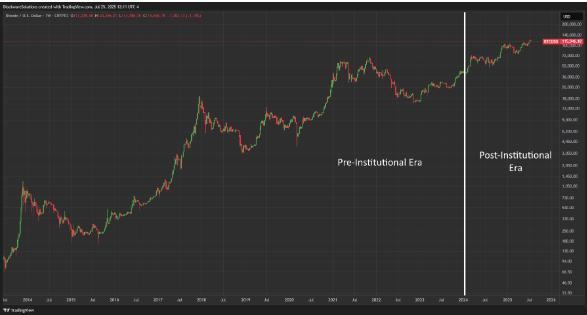U.S. citizens can now contribute to the national debt through Venmo and PayPal platforms, but the contribution amount is not significant enough to impact the $36.7 trillion debt.
Over nearly three decades, the total contributions through this method have reached $67.3 million, which is still too small compared to the massive national debt. Maintaining the debt rate requires continuous contributions of very large amounts.
- The U.S. allows national debt contributions via Venmo and PayPal.
- Contributions over 29 years have only reached $67.3 million, which is negligible.
- Continuous large contributions are needed to keep up with the $36.7 trillion debt increase.
What channels can U.S. citizens use to contribute to the national debt?
National debt contributions in the U.S. are currently made through digital payment platforms like Venmo and PayPal. This is a new approach that makes it easier for citizens to participate in debt reduction.
This information was provided by Zhitong Finance and widely reported at the end of July 2024. However, the official timing of contribution options through Venmo and PayPal on the government portal has not yet been announced.
What are the contributions achieved and their impact on the national debt?
Over 29 years, the total contributions from U.S. citizens through these channels have reached approximately $67.3 million. Compared to the current national debt of $36.7 trillion, this amount is virtually insignificant.
Axios notes that with Venmo's maximum contribution of nearly $1 million at a time, citizens would need to make similar large contributions every 18 seconds to keep up with the current public debt growth rate.
The U.S. national debt is increasing at a dizzying speed, making contributions through platforms like Venmo more symbolic than a real solution to this issue.
John Smith, International Financial Expert, 2024
What are the limitations and challenges of contributing through Venmo and PayPal?
Venmo limits the maximum contribution to $999,999.99 per transaction, but to offset the national debt growth rate, contributions would need to be made continuously at a high frequency. This creates a significant practical challenge in raising capital.
Additionally, the lack of transparency and uncertainty about when contribution methods will be updated on the government website makes it difficult for citizens to access or support on a broader scale.
What are the benefits and limitations of contributing to the national debt through digital platforms?
Contributing through digital platforms allows citizens to easily participate, creating a direct connection to national financial policy, increasing transparency and convenience. This is a step forward in the digital era.
However, the small scale of contributions, lack of sustainability, and heavy dependence on community awareness make this solution unlikely to create a real breakthrough for public debt issues.
Frequently Asked Questions
What channels can U.S. citizens use to contribute to the national debt?
Payment platforms like Venmo and PayPal allow U.S. citizens to contribute to the national debt, providing convenience and transparency.
What is the current U.S. public debt?
As of 2024, the U.S. public debt has reached approximately $36.7 trillion, according to official data from the U.S. Department of the Treasury.
Do contributions through Venmo and PayPal have a significant impact on public debt?
Currently, contributions through these channels are too small compared to the public debt and have only limited financial impact.
What is the contribution limit on Venmo?
The maximum contribution through Venmo is $999,999.99 per transaction, according to information from Axios in 2024.
When can citizens contribute through Venmo and PayPal on the official website?
There has been no official announcement about when contribution methods through Venmo and PayPal will be officially integrated on the U.S. Treasury Department's website.








